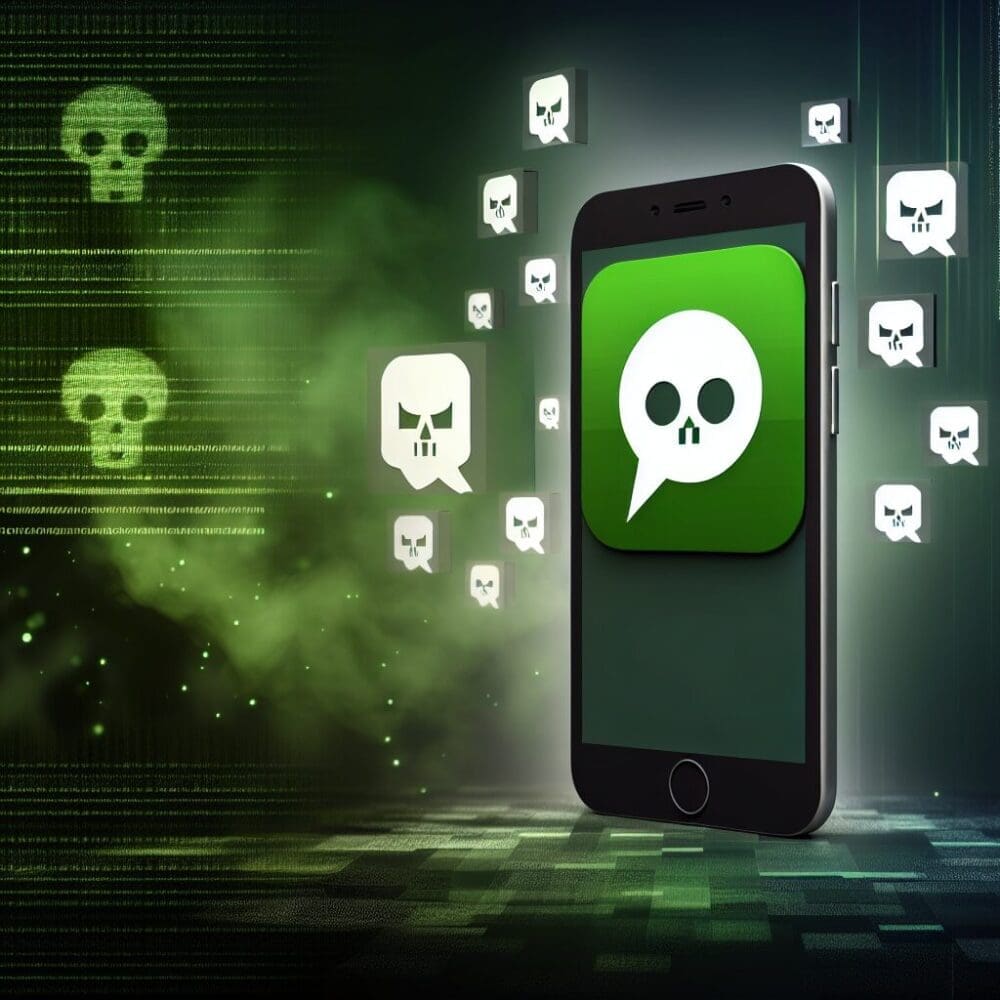“`html
Beware WhatsApp Security Flaw: JPEGs Could Be Harmful Executables
In the ever-evolving world of digital communication, WhatsApp has emerged as a giant, serving over two billion users worldwide. This widely-used messaging platform offers a seamless, reliable connection for personal chats, business communications, and everything in between. However, with its immense popularity comes a potential risk: security vulnerabilities that could compromise user safety. A recent discovery highlights a critical flaw that could turn innocent-looking JPEG image files into harmful executables. Here’s what you need to know about this alarming development and how to protect yourself.
Understanding the Vulnerability
WhatsApp’s newly discovered security flaw underscores the potential dangers lurking in our digital exchanges. According to recent reports, this vulnerability could allow cybercriminals to disguise malicious files as harmless JPEG images, effectively bypassing security measures. Once users download these doctored files, they could inadvertently trigger malware, risking personal data and system integrity.
How the Exploit Works
The exploitation process involves hackers embedding malicious code within a seemingly ordinary JPEG image. When a recipient downloads and opens the image file, the code executes, potentially leading to a variety of harmful outcomes. These could include:
- Data Theft: Cybercriminals could gain access to sensitive information, including passwords, financial data, and personal details.
- Device Control: Hackers might achieve remote control of the user’s device, performing actions without the user’s consent or knowledge.
- Malware Infection: The executed file could install malware such as ransomware, which locks users out of their devices until a ransom is paid.
Impact of the Flaw
This security flaw is particularly concerning given WhatsApp’s vast user base. With billions relying on the platform for daily communication, the potential for widespread impact is significant. The flaw highlights the constant arms race between technology developers and cybercriminals, where every new feature or update can inadvertently introduce new vulnerabilities.
Who Is At Risk?
While all users of WhatsApp are potentially at risk, certain demographics may be more susceptible to targeted attacks due to this flaw:
- High-Profile Individuals: Public figures, executives, and other high-profile targets could face increased scrutiny, as cybercriminals aim for higher rewards.
- Corporate Users: Companies using WhatsApp for business communications may be at risk of corporate espionage or data breaches.
- General Public: Everyday users should also remain vigilant, as phishing scams could indiscriminately target wide audiences.
Protecting Yourself from JPEG Exploits
Preventive action is crucial to guard against the potential threats posed by this WhatsApp vulnerability. Here are some practical steps you can take to safeguard your data and devices:
1. Update Your Software
Regularly updating WhatsApp and your device’s operating system is one of the simplest ways to protect against security exploits. Software updates often include patches for vulnerabilities and improvements in security architecture.
2. Be Cautious with Media Files
Exercise caution when receiving media files, especially from unknown senders. Before downloading or opening any JPEG or other media files, confirm the authenticity of the source. If a file seems suspicious in any way, avoid interacting with it.
3. Use Antivirus Software
Implement a robust antivirus solution on your devices. Antivirus software can detect and neutralize malware that might attempt to exploit vulnerabilities. Ensure your antivirus definitions are always up-to-date.
4. Educate Yourself and Others
Stay informed about the latest cyber threats and share this knowledge with family and friends. Awareness is a powerful tool for preventing cyber attacks and improving community-wide security practices.
The Broader Implications
This incident with WhatsApp sheds light on the constant and evolving challenges facing digital platforms. Despite extensive security measures, vulnerabilities may still arise, emphasizing the importance of cyber vigilance for users and developers alike. As digital interactions continue to expand, understanding and mitigating risks becomes essential for ensuring secure online environments.
WhatsApp’s Response
In response to this security threat, WhatsApp and its parent company, Meta Platforms, Inc., are working towards a resolution. While specific details of their remediation strategy remain under development, users can anticipate security updates aimed at addressing the current vulnerability. Meanwhile, staying proactive and informed remains the best defense.
Conclusion
Digital communication platforms like WhatsApp are indispensable in today’s interconnected world, and with them come potential security vulnerabilities. The possibility of malicious JPEG files acting as harmful executables should serve as a wake-up call for vigilance and cybersecurity awareness. By staying informed and practicing caution, users can better protect themselves from these evolving threats.
As with all cybersecurity matters, timely updates, cautious file handling, and comprehensive security measures remain the best strategies for safeguarding against unexpected exploits and ensuring safe digital interactions.
“`



